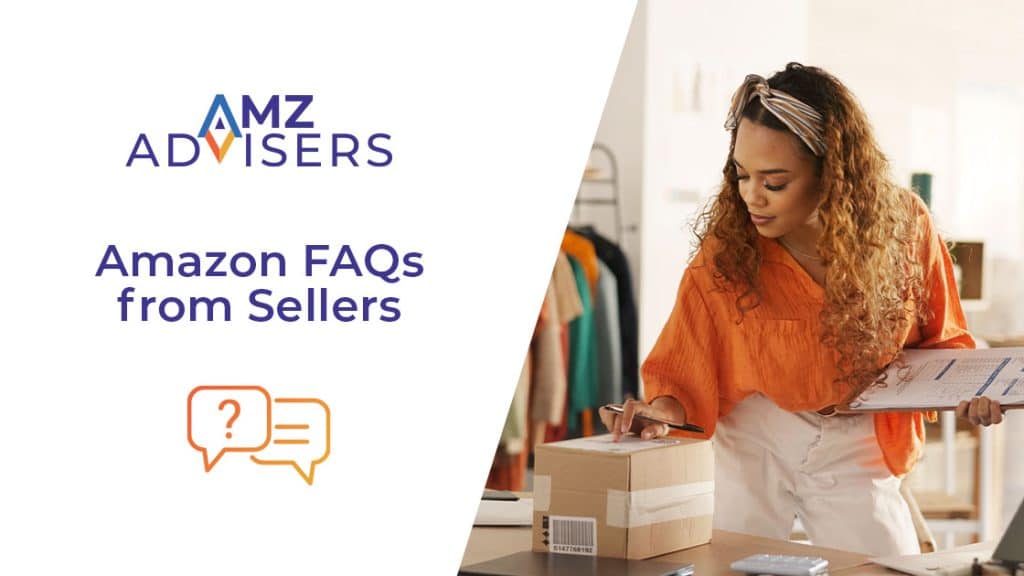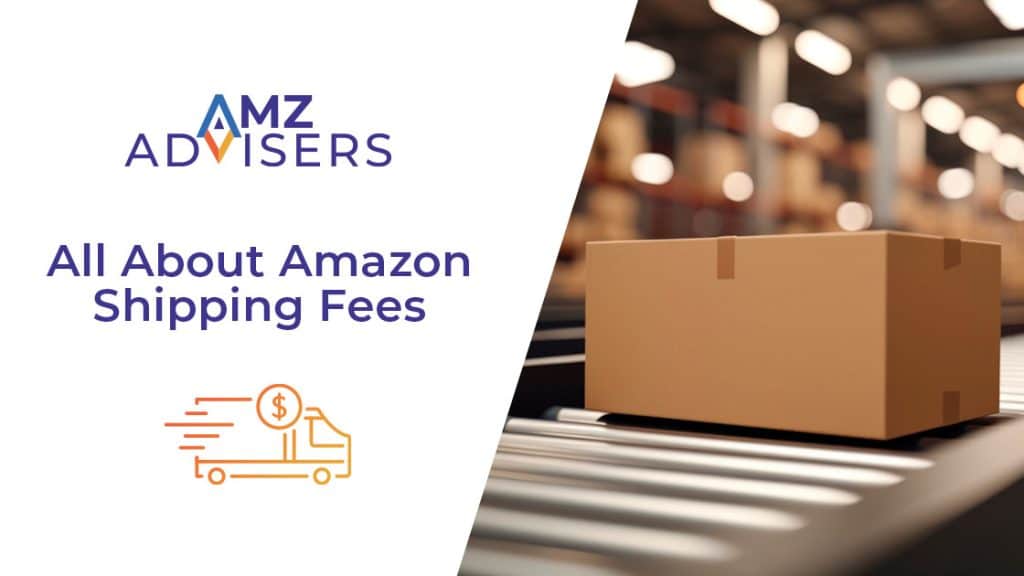Are you struggling to gain conversions with Amazon advertising? The reason may be what you’re targeting–specifically, what you’re not targeting.
When advertising on Amazon, the biggest piece of advice is to target keywords. Many sellers, however should try ASIN targeting. One study found that ASIN targeting resulted in a 15% conversion rate. In comparison, keyword targeting only has a conversion rate of 6%.
If you’ve never done ASIN targeting, it can be difficult to know where to start. This guide will discuss the pros and cons of this strategy, and how it compares to similar practices.
What Is ASIN Targeting?
It’s is exactly what it sounds like: advertisers target their ads to a product’s unique Amazon standard identification number (ASIN). This allows advertisers to target buyers based on exact products, brands, and product categories.
Advertisers use this method mainly to target users who may be interested in other brands or products and pull them toward their company.
Since ASIN targeting matches your ads to comparable items, this strategy has better conversion rates than similar advertising tactics, like keyword targeting.
Pros and Cons of ASIN Targeting
ASIN targeting can draw relevant traffic to your ads and provide a serious competitive advantage. That said, there are times when other tactics―such as keyword targeting―may be more effective.
Here are the pros and cons of targeting with an ASIN number:
Pros
- Promotes your brand. With Amazon ASIN targeting, your sponsored ads appear on branded searches. This promotes your brand and prevents competitors from stealing your top spot on SERPs.
- Cross-promotion. You can also cross-promote complementary products in your inventory. This can result in upsells, increasing your revenue and average order value.
- Cost efficiency. ASIN targeting results in an improved ACoS because it comes with lower bids than PPC. You can also apply it to all steps of the buyer’s journey, further increasing conversions.
- Increased organic rankings. Running ASIN ads can also increase your rankings on organic SERPs. If buyers click your ads, this engagement will tell Amazon’s algorithm that your products are popular and relevant to that specific search. This improves your placement on organic product searches and recommendations.
- Improves share of voice. Share of voice is a ranking that compares your visibility to the competition. If you dominate sponsored ads and organic SERPs, you will have a better share of voice than your competitors, establishing your brand as a leader in your niche.
Cons
- No initial SEO option. Amazon ASIN number targeting only applies to advertising. Many sellers choose SEO strategies because they’re free. However, if you don’t have strong competitors, you could be wasting money on ads.
- Buyers may ignore ads. If you invest more in this strategy than in SEO, buyers may see your ads as spam and ignore your listings.
- ASIN targeting may not be enough. Buyers also pay attention to more factors than the top search results, such as positive reviews and low prices. If your products don’t have as many reviews or are expensive, ASIN targeting won’t improve your sales.
- Limited reach. It only attracts buyers who have shown interest in your brand, competitors, or similar products. While attracting the right customers, you still limit your reach and lower your sales potential.
ASIN Targeting vs Category Targeting
Another downside is that you’ll have a narrow reach. Many brands find a good middle ground with category targeting, which allows advertisers to target entire categories with their ads rather than specific products.
Each strategy has pros and cons, and one may better suit an ad campaign.
Choose category targeting if you want a broad reach and are willing to pay a high ACoS. Your impressions and searches will be higher, but your conversions will be lower since you’re not targeting your specific audience.
Even though category targeting has a high ACoS, newer brands should use this method to better differentiate themselves from the competition.
ASIN targeting will yield better results if you have high-converting products. Since it doesn’t have many SEO benefits, it’s best to have an organic keyword targeting strategy alongside ASIN ad targeting to experience results with paid and SEO campaigns.
Identifying High and Low-Converting ASINs
If your store has a large inventory, you won’t want to apply ASIN targeting to all your products. Instead, focus on your high-converting ASINs.
How do you know if a product has a high-converting ASIN? Start by looking for products that had great past results in ad campaigns. You can also look at search term results provided on Amazon Ads.
On the contrary, you should also identify low-converting ASINs. Set these up as negative targeting, which ensures your high-converting ads won’t be displayed with them, ensuring you get the best ROI on your advertising campaign.
ASIN Targeting Strategies
There are a few ways to implement ASIN targeting into your Amazon ad campaign. Here are a few examples:
Sponsored Products
You can choose automatic ASIN targeting to sponsor Amazon products. This section, however, is for advertisers who use manual ASIN targeting. Amazon’s automatic ASIN targeting is broader, while advertisers have more control with manual targeting.
You can also use this method for category targeting.
First, you can apply filters to your campaign. These filters include:
- Designated price brackets
- Manufacturer branding
- Amazon Prime availability
- Customers reviews
Applying these filters will coincide with buyer behaviors and preferences to ensure you target the right audience.
Bidding for ASIN targeting depends. Some ASINs have minimum and maximum bids, while others default to ad group bids.
If your ASINs have varying bid amounts, it’s best to set the bid at different prices per ASIN, bidding more on the highest-converting ASINs. This ensures you rank higher on SERPs for the best ASINs.
Competing ASINs
There are several different ways to advertise against competitor ASINs. You can start with low-converting brand ASINs.
Identify the competitors you conquer in organic SERPs and target their product ASINs in your ad campaign.
When their customers search for their products, your listings will appear higher, and you’ll have a better chance of gaining sales. This strategy works best if you have an additional upper hand over your competitors, such as more reviews, better ratings, and/or a lower price.
You can also conduct a reverse ASIN search to discover the keywords your competitor is ranking for and apply those search terms to your ad campaigns.
What if you also have competitors who perform better than you? It may be tempting to take their customers away, but it’s a better investment to set them as negative targets. This way, you don’t waste your ad dollars.
Create Offers
Offer time-sensitive offers to give customers a reason to click your ads. Examples include coupons, lightning deals, and discounts.
Product bundles are also popular strategies. Check the “Customers who viewed this item also viewed” and “Frequently bought together” sections to discover which products you should bundle.
This strategy is especially effective if you target competitor ASINs since you have a better chance of gaining a sale from their existing customers.
Complementary ASINs
Another ASIN targeting method is targeting other high-converting ASINs from your inventory. Let’s say you sell women’s fashion and create an ad for a dress. You can use ASIN targeting with a matching pair of shoes. Customers who search for shoes from your brand will see them and an ad for your dress.
Any brand can use this strategy, not only for fashion companies. When you identify your high-performing ASINs, insert the ASINs in the Product Targeting Section on Seller Central to see if customers bought these items with others.
This strategy encourages upselling and cross-selling, increasing sales and average order value. Since you’re targeting ASINs in your own inventory, your competitors are less likely to appear on your SERPs, making this a successful ASIN defense method.
Add ASIN Targeting to Your Campaign
ASIN targeting is an easy and cost-effective way to target product conversions on Amazon ads. With this strategy, you target your ads with product ASINs.
These ASINs can be products in your own inventory or even competing items. The goal is for your ads to appear when customers search for these products. This strategy gives you a competitive advantage and drives relevant traffic to your Amazon store.
Are still struggling with a negative ROI? We can use different ad targeting strategies to achieve a satisfactory ROAS. Click here for more information.
Author






